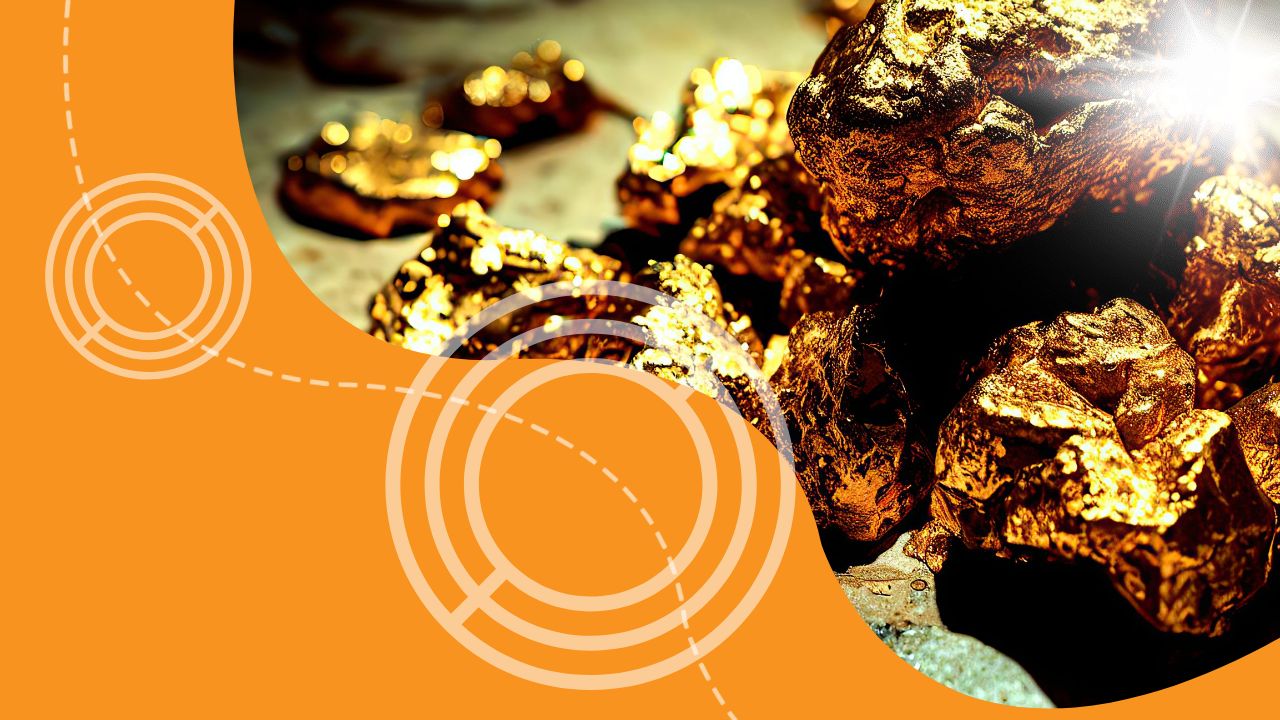Marcel Bolos, the finance minister of Romania, has proposed a grant scheme for the non-ferrous mining sector to provide essential raw materials like copper to the struggling industry, as reported by Bursa.ro. This initiative, if implemented, aims to support the sector which has faced challenges in recent times.
Of note is Bolos’s emphasis on including gold mining among the recipients of this scheme, which is particularly notable given the ongoing legal dispute surrounding the Rosia Montana gold mining project. The outcome of this litigation with Gabriel Resources, the company behind the Rosia Montana project, is still pending official confirmation, although unofficial negotiations for a resolution are reportedly ongoing.
Bolos’s comments on the Rosia Montana project have drawn attention, especially considering the project’s controversial history and the involvement of various political parties. The minister has referenced substantial compensations demanded by Gabriel Resources, purported investments made by the company, and the possibility of a “non-financial settlement” to resolve the dispute. Bolos suggests that such a settlement, which could involve allowing the project to continue, might be more favorable to Romania than paying significant financial compensation.
However, Romania Curata, an NGO opposing the gold mining project, provides additional context to Bolos’s statements. The NGO claims that Gabriel Resources holds a valid license for the Rosia Montana project and asserts that the company aims to remove the region from UNESCO’s protected sites list for Environmental, Social, and Governance (ESG) reasons. Romania Curata alleges that there may be hidden elements of corruption involved in potential agreements between the government and Gabriel Resources, with the government potentially seeking to frame any resolution as a ruling from the World Bank’s ICSID court to justify its actions.
According to Romania Curata, the risk of Romania paying billions of dollars in compensation could make it more acceptable for the government to sell any resolution as a decision mandated by an international court rather than a negotiated agreement. The NGO contends that such a scenario could ultimately lead to Rosia Montana being excluded from UNESCO’s protected sites list.
Overall, the situation surrounding the Rosia Montana project remains complex and politically charged, with multiple stakeholders and interests involved. The proposed grant scheme for the non-ferrous mining sector adds another layer to the ongoing debate about Romania’s mining industry and its future direction.

